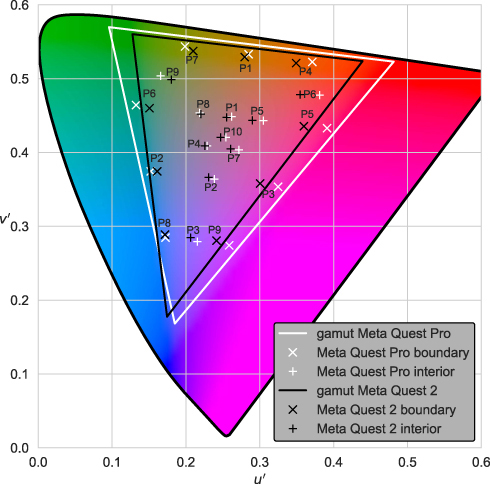
The utility and ubiquitousness of virtual reality make it an extremely popular tool in various scientific research areas. Owing to its ability to present naturalistic scenes in a controlled manner, virtual reality may be an effective option for conducting color science experiments and studying different aspects of color perception. However, head mounted displays have their limitations, and the investigator should choose the display device that meets the colorimetric requirements of their color science experiments. This paper presents a structured method to characterize the colorimetric profile of a head mounted display with the aid of color characterization models. By way of example, two commercially available head mounted displays (Meta Quest 2 and Meta Quest Pro) are characterized using four models (Look-up Table, Polynomial Regression, Artificial Neural Network, and Gain Gamma Offset), and the appropriateness of each of these models is investigated.